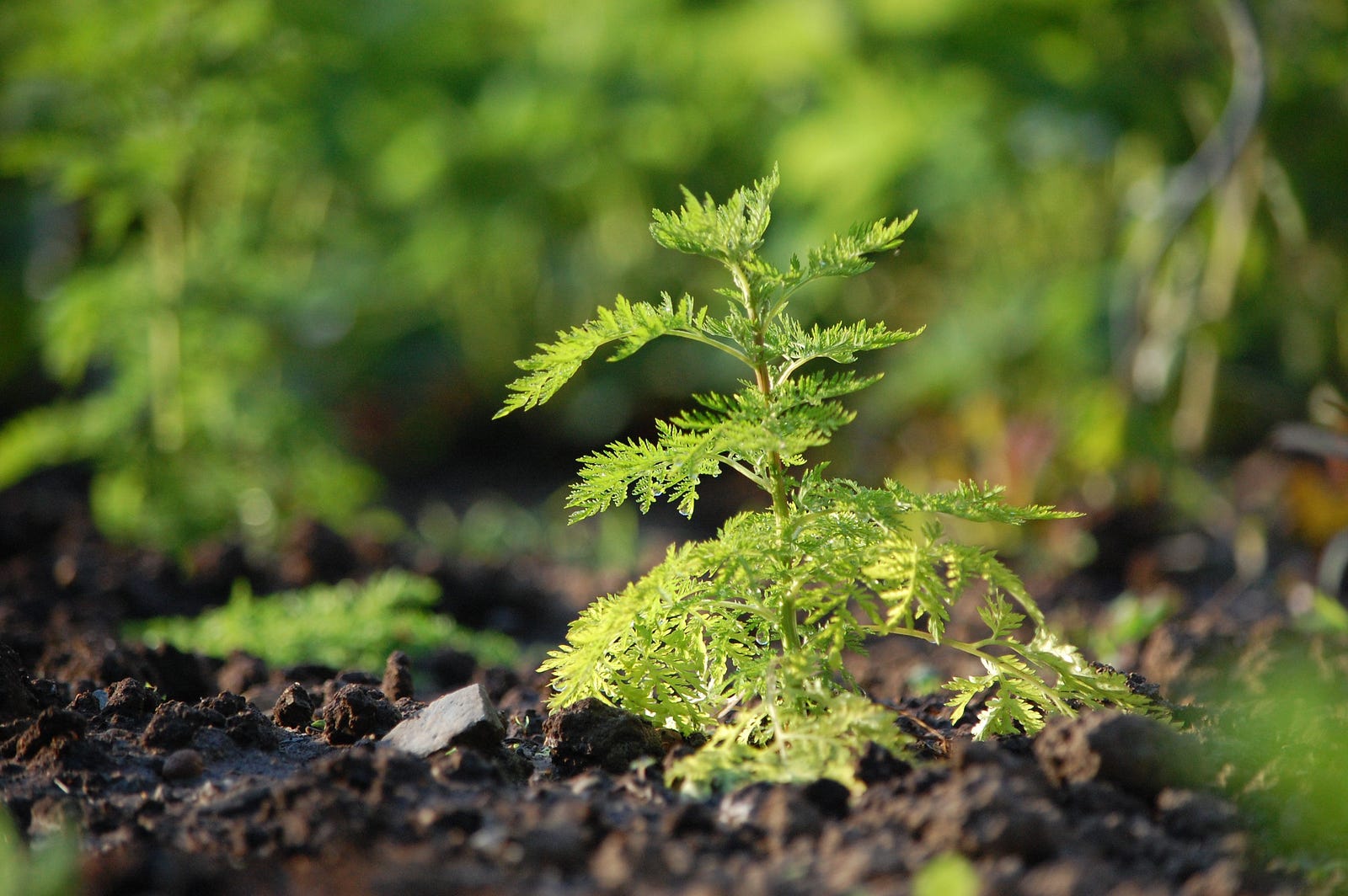INCENZO's Natural Fragrance: Artemisia as China’s Time-Honored Herb with Contemporary Relevance
Share
Ever stumbled upon Artemisia, often known as mugwort or wormwood ? This herb, deeply rooted in China’s history, has seamlessly woven its way into the modern era. Let’s unravel its tale.

A Glimpse into the Past
Artemisia isn’t just another herb on the block. It’s been celebrated in ancient Chinese literature, making appearances in classics like “Shi Jing” and “Li Sao”. This suggests that even before modern medicine, Artemisia was the go-to herb in ancient China. And today? It’s still making waves in holistic health circles.
Cultural Significance
The bond between Artemisia and the Dragon Boat Festival is profound. During this event, it’s a tradition to hang Artemisia leaves, symbolizing protection and prosperity. It’s not just ritualistic; it’s a heartfelt gesture passed down through generations.
Holistic Benefits
There’s a serene ritual in burning Artemisia. It’s believed to purify the surroundings and fortify one’s immunity. Seeking tranquility in sleep? Introduce Artemisia to your pillow. And if you’re aiming to neutralize room odors, the ash from this herb works wonders.

Nature’s Mosquito Repellant
For those who cherish outdoor moments or simply desire a mosquito-free environment, Artemisia is a natural ally. When burned, its aroma keeps these insects at bay. The best part? It’s a nature-friendly solution, ensuring the well-being of our pets.
Modern Validation
Contemporary research echoes the praises sung for Artemisia. Recognized as an effective disinfectant, it’s been employed in various settings, including hospitals during the recent pandemic, to ensure a sanitized environment.

Artemisia, with its rich lineage and multifaceted benefits, is a testament to the timeless wisdom of traditional practices. Whether you’re exploring holistic health, seeking natural solutions, or delving into cultural traditions, Artemisia offers a bridge between the past and the present.
